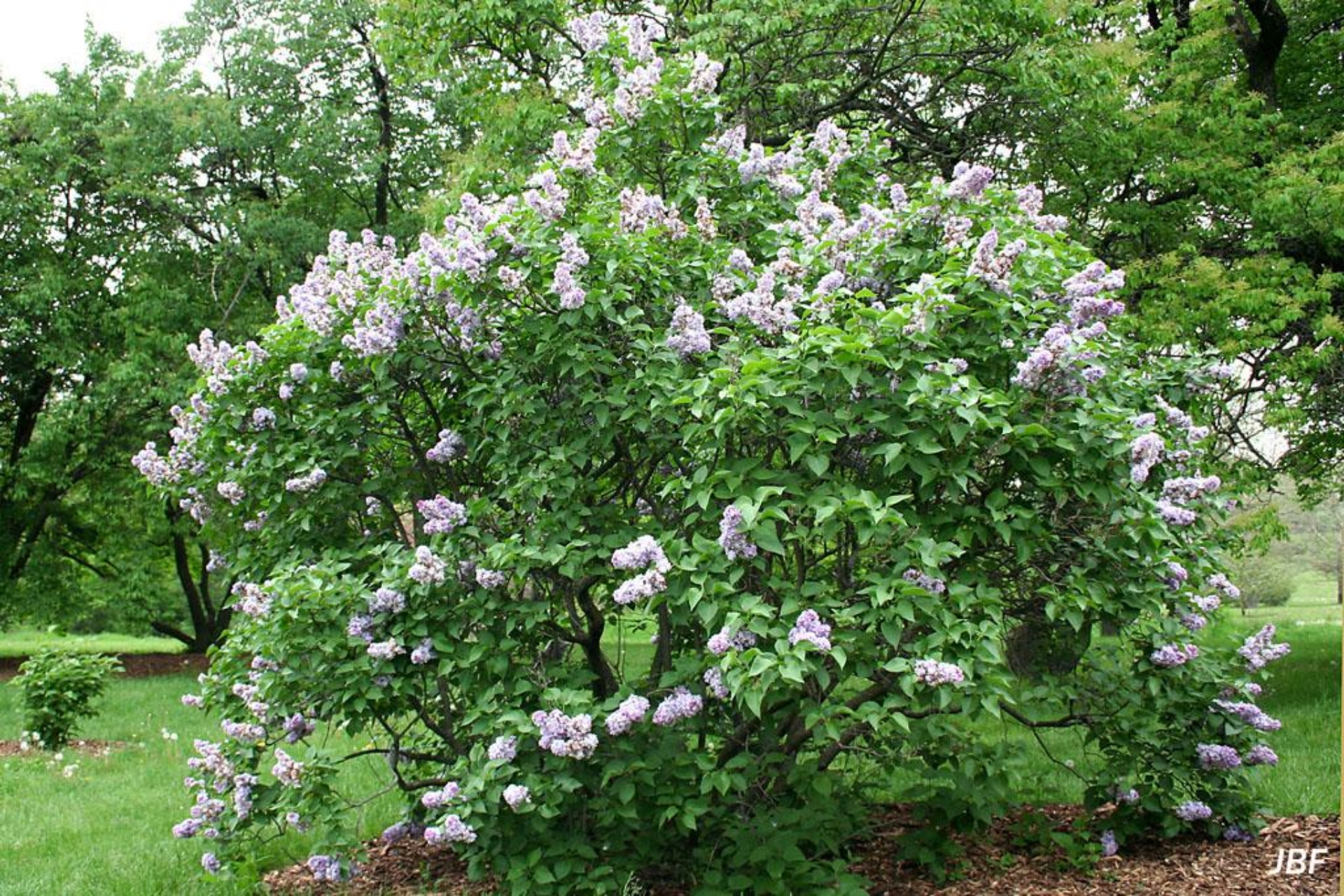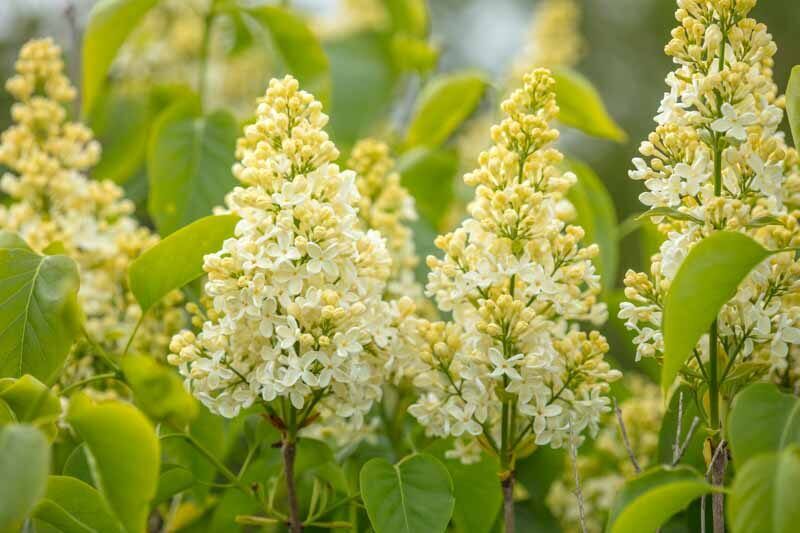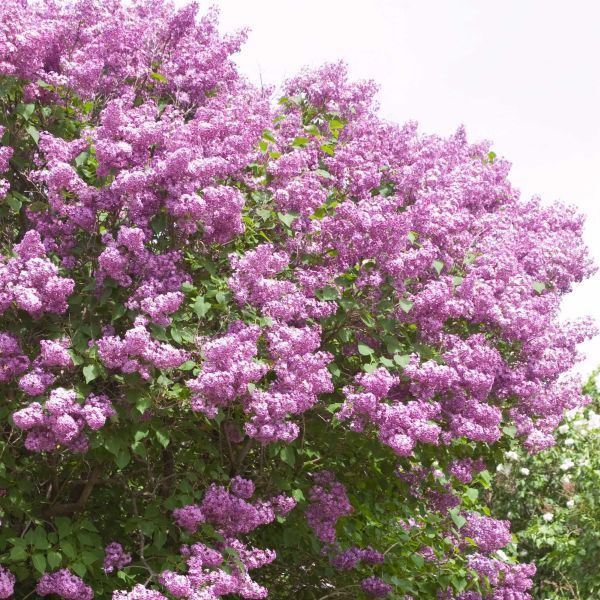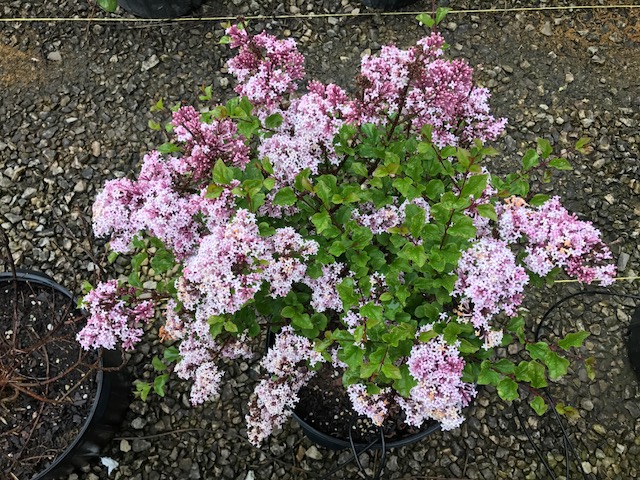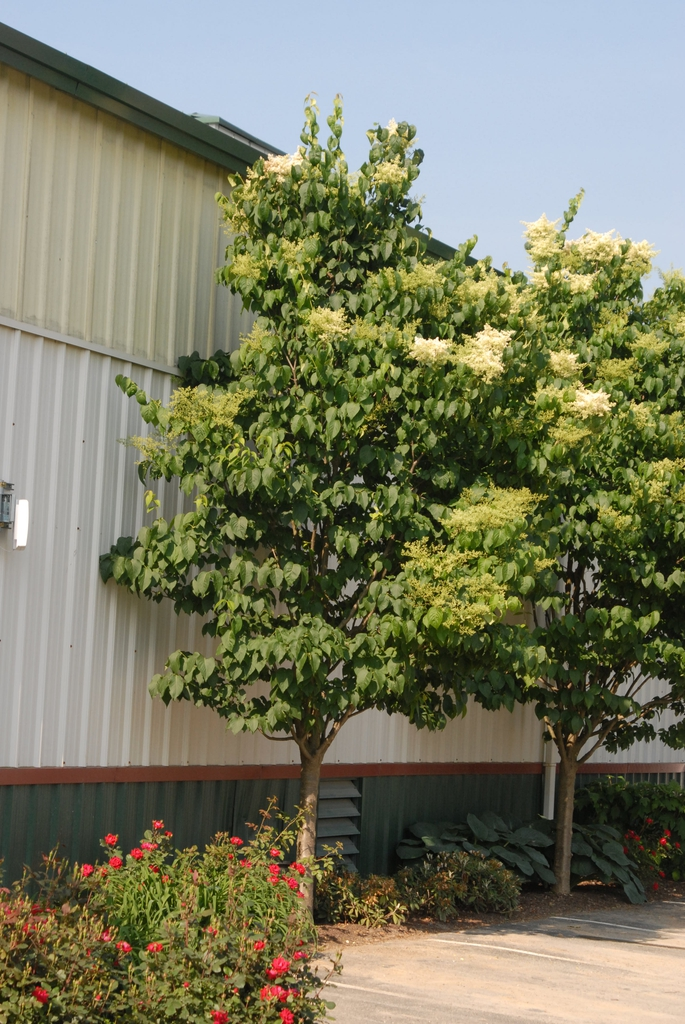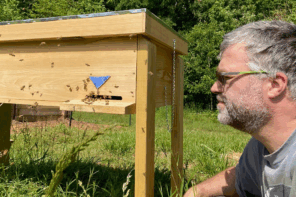Alyssum Flowers
Few flowering shrubs are more reminiscent of Spring than lilacs, with the varying shades of blues, violets, pinks, yellows and creams and the lovely, deep perfumed fragrance. Although not a big magnet for honey bees, it is loved by small native bees, carpenter bees, many beetles, flies, butterflies and moths, as well as hummingbirds. The dense branching also provides a safe harbor for birds. With many cultivars and sizes available, it is a must for every landscape!
Syringa vulgaris, the common lilac is believed to have originated from the Balkan peninsula in Eastern Europe. It has been grown and cultivated since the 1500’s and has graced yards in the United States since the mid-1700s. This multi-stemmed, deciduous shrub is tough and long lived. In fact, the oldest living lilacs in North America may be those growing in Portsmouth, New Hampshire, believed to have been planted around 1750. Both George Washington and Thomas Jefferson wrote about transplanting lilac bushes and remarked on their beauty.
Although the common lilac displays peak bloom in mid to late Spring, different cultivars bloom later, so planted together, one can enjoy the fragrance for six weeks or more! Lilacs are hardy in northern climates and are tolerant of a variety of soil types, although they prefer a slightly alkaline, moist but well drained soil. They will bloom profusely in full sun, less in partial shade. For the most consistent bloom every year, remove spent blossoms and prune back to a set of leaves to prevent seed formation. Since flower buds are formed the Summer before they bloom, do not cut back in the Winter.
Lilacs can be grown in many settings for different needs. Over 30 species and 2000 cultivars are available to fit the needs of any landscape. They can be grown as a hedge, a focal point in the yard, for the foundation or as a tree for the patio. Popular species include Syringa x hyacinthiflora (e.g. cultivar ‘Pocahontas’), with flower heads resembling that of hyacinths in early Spring, bred for good disease resistance and S. pubescens ssp. patula, including cultivars such as ‘Miss Kim’ and ‘Miss Susie’, that bloom in mid-Spring. These compact bushes grow five to seven feet wide by four to six feet tall. An even more compact cultivar is Syringa meyeri, which includes the dwarf Korean lilac, reaching a width and height of four to six feet, and is growing nicely at A. I. Root Candle Company. All three are good for low screens and disease resistance. Note though, that their scents are stronger (sometimes too strong), and the flower panicles are not as large as that of the common lilac. The Japanese tree lilac, S. reticulata has become a popular street tree with large fragrant, creamy white plumes appearing in late June. This compact upright tree grows to be about 30’ tall and 20’ wide.
Despite their beauty and dependability, they are not without problems. Some species are susceptible to powdery mildew if planted in the shade, in heavy clay soil or in low areas with poor air circulation. The lilac borer is an annual concern for bushes that are stressed or have a poor root system. Follow recommendations for proper planting and care to reduce potential root trouble later. Fertilize with a 10-10-10 granular food when planting but avoid fertilizing more than once a year. Avoid directing lawn fertilizer near lilacs as well because overfertilizing reduces the plants’ ability to defend itself against borers.
Remove the oldest canes after bloom as well as dead branches or those crossing other limbs. Cut the suckers that grow straight up. Maintain the shape of the plant by cutting branches as far down as possible. Remember to prune as soon as the lilac has finished flowering to maximize next year’s perfumed display. Now is the time to peruse the catalogues and decide which lilacs are right for you!
References:
https://conservationgardenpark.org/plants/929/dwarf-korean-lilac
https://www.almanac.com/plant/lilacs
https://extension.umn.edu/trees-and-shrubs/lilacs
https://arboretum.harvard.edu/events/lilacs-at-the-arnold-arboretum/lilacs-read-more/







